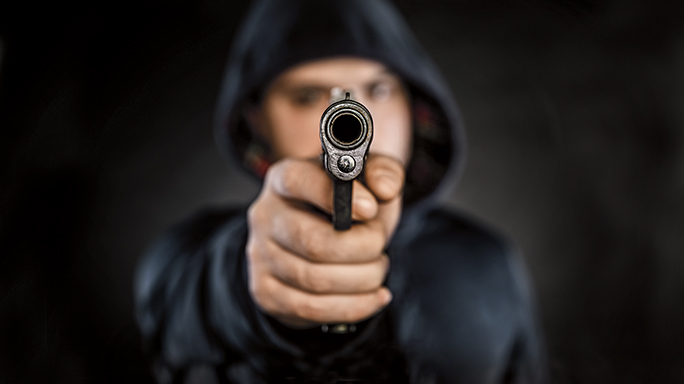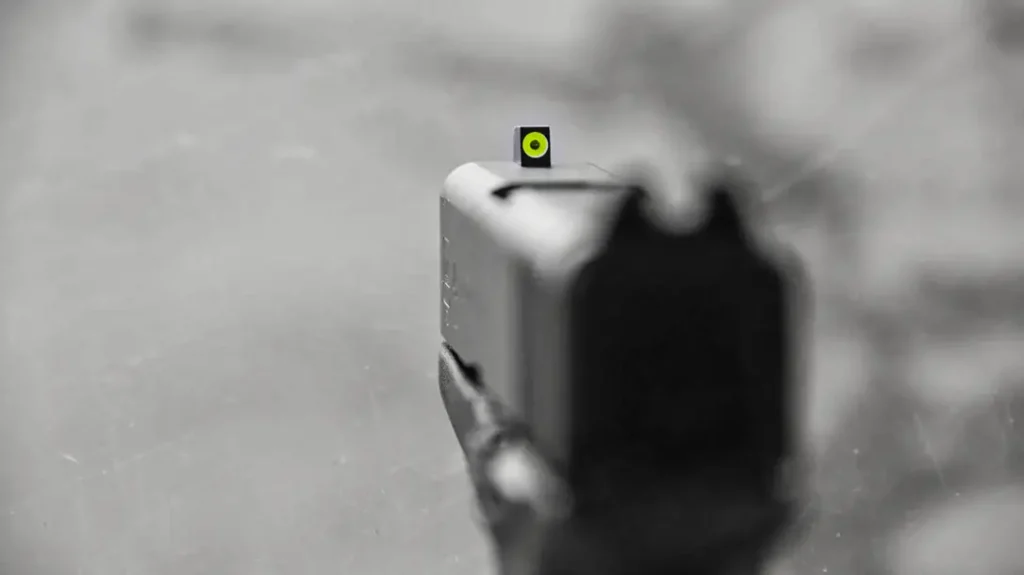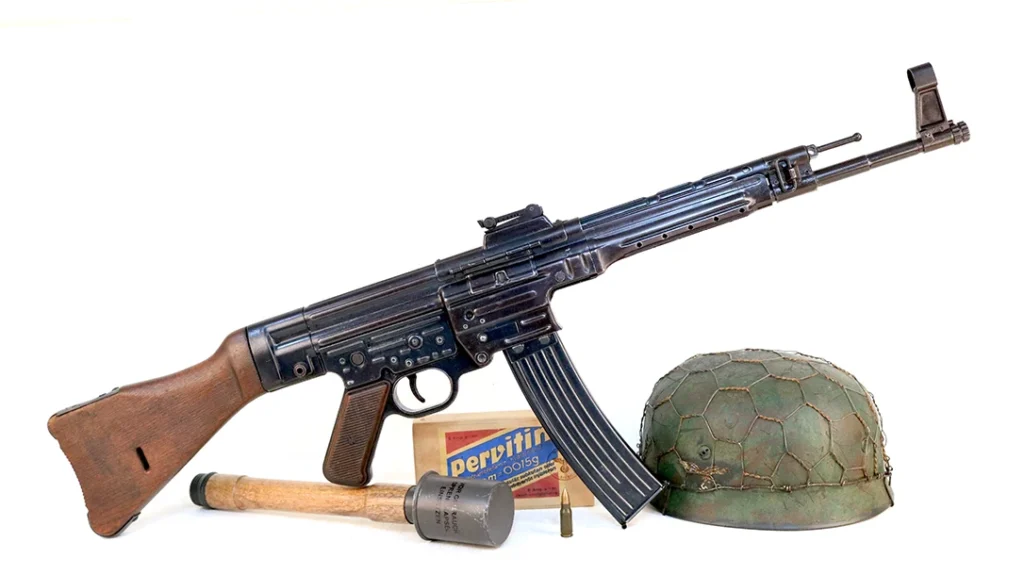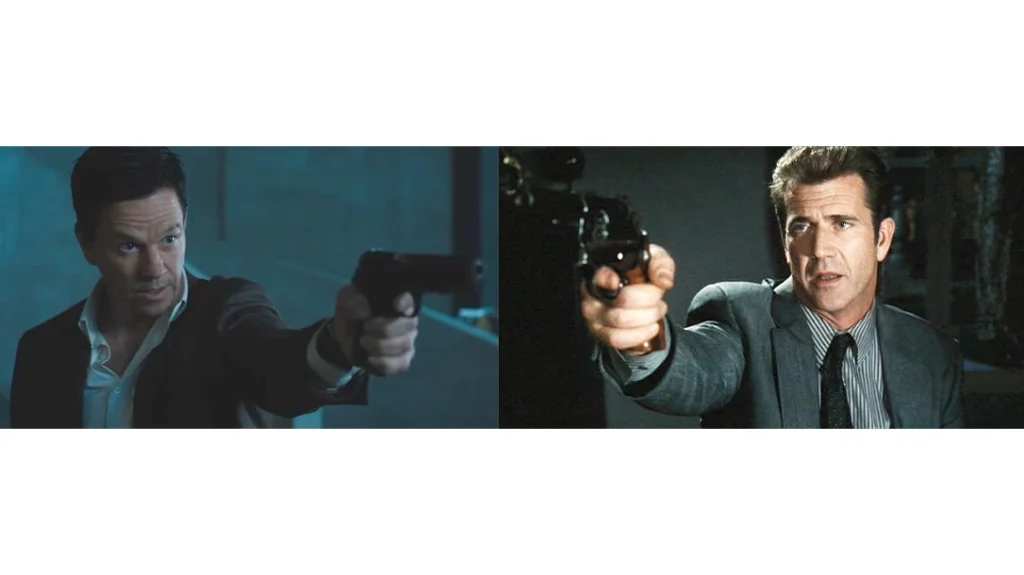On July 1, two Atlanta police officers responded to a shooting call in a building. What they didn’t realize was that the shooter had no plans on running. As the elevator door carrying the officers opened, the criminal stood and shot at both officers point blank. One took a round in the face. Heroically, the officers returned fire and handled the threat.
Ambush Assaults on the Rise
In Delaware, Delmar Police Department Cpl. Keith Heacook, a 22-year police veteran, died after responding to a call of a fight in progress. The criminal there had assaulted an elderly couple and when Cpl. Heacock arrived, proceeded to attack and beat him to death. Authorities found Cpl. Heacock at the scene in a ditch by a responding Delaware Trooper with significant head injuries.
This historic danger has become “normal” in America, the attacking and ambush of law enforcement officers. Fifty-one officers have been shot, 13 of whom died, in 40 ambush-style attacks as of June 30. The number makes a 91-percent jump in ambush assaults from the same time last year. Compared to 2020, there were 48 ambush-style attacks, leaving 60 officers wounded, 12 fatally, according to a 2020 summary.
Advertisement — Continue Reading Below
While some will say the opening up of the nation after the historic lock downs during the pandemic last year is what this rise in violence is attributable to, that simple explanation may only be part of the issue.
Two Types of Ambushes
According to the DOJ COPS office report that has documented this danger, ambushes on law enforcement typically come in one of two forms. An entrapment ambush which is premeditated, the assailant purposely lures an officer into a trap and executes the assault—sometimes from a position of physical concealment. The second form is a spontaneous ambush, which are unprovoked attacks that can be considered crimes of opportunity, during which an assailant makes the decision at the time of the officer’s approach or at some point during their interaction when the officer would not expect an attack.
The most prolific type of current ambush, according to the report, occurs during responses to disturbance calls, similar to what happened in Atlanta. This prevalent ambush tactic has also been seen in New York City, where a man hit a New York Police Department detective over the head with a plastic stick in broad daylight as the officer was just processing a robbery crime scene. Additionally, in Queens, two officers escorted a woman back home after she came to the police precinct to report domestic violence. Her attacker then violently ambushed them.
Advertisement — Continue Reading Below
In that incident, as the officers entered the home, the criminal trailed them into the house and fired 11 rounds at them. The body camera video showed the life and death struggle. One officer took a round in the thigh while the criminal hit the other officer in both hands. Despite these injuries, the officers responded heroically and were able to return fire and end the threat.
Of course, traffic stops have also seen a rise in ambushes on law enforcement. Back in February, New Mexico Trooper Jarrott pulled over a criminal on a highway. That criminal, who on the video appeared compliant, then proceeded to remove a rifle from the vehicle and shoot and kill Trooper Jarrott on the side of the road.
Officers Targeted Like Never Before
These are just mere examples of this type of violence occurring across America in both rural and urban areas. Law enforcement officers seem to be a target of choice, but the question is why? Mike McGrew, a 35-year veteran law enforcement officer who co-founded a charity for officers suffering from post-traumatic stress disorder said, “Policing has always been a dangerous job, but with the anti-police sentiment out there, it has created an uptick in attacks on police officers.”
Advertisement — Continue Reading Below
Jurisdictions seemingly abandon law and order, leading criminals to feel emboldened. The new dynamic of so-called progressive prosecutors across our nation apparently continue to choose criminal safety over public safety. In Baltimore, shoplifting and drug-possession are no longer crimes. St. Louis is not prosecuting looting and rioting, Portland is doing the same and is also not prosecuting trespassing, Philadelphia won’t prosecute looting, rioting or prostitution and San Francisco and Chicago, where record shootings are occurring, has created an “open market” on businesses by not prosecuting thefts under $1,000 and indecent exposure offenses.
Dubbed “bail reform” in many jurisdictions, arrested criminals enjoy an almost turnstile justice system. They commit violent crimes and authorities turn them back out on the street in minutes.
This reckless approach is contrary to enforcing a “broken windows” type strategy. Historically, if applied correctly and holistically, it helps reduced violent crime. It helped bring gun violence down 39-percent in some Philadelphia neighborhoods in 2016. But prosecutors now allow criminals to break the window and take whatever is inside.
Advertisement — Continue Reading Below
Discouraging Law Enforcement
This only serves to further discourage law enforcement offices from enforcing the law and leaves them without the tools to keep violent crime at bay. Discouraging officers from making arrests for most crimes, and punishing officers if they do, sends a clear message. Crime somehow becomes OK, while policing becomes unwanted. The resulting emboldened criminal reigns over cops suddenly turned criminalized.
Or as the NYPD Detectives Endowment Association President Paul DiGiacomo said, “Once again, New Yorkers witness just how emboldened violent criminals are… If there’s anyone wondering why this happened, they can ask their elected officials who have created a city of no consequence for criminality.”
Perhaps murdered Delaware Officer Heacock’s widow may have said it best, “Now our son will never have his father at any of his ball games ever again cheering him on like he always did… The violence in our country has to stop. We can’t let this continue to happen. I will make sure another officer’s family doesn’t have to go through this… Keith was one of the good ones, he didn’t deserve this. He was simply doing the job he loved to do — protect and serve.”
Advertisement — Continue Reading Below
The majority of officers across the nation want only this, to serve, everyday, if allowed to do so.
























